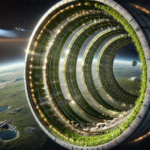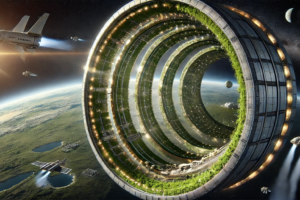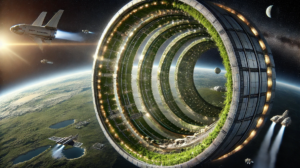
Space, also known as outer space, is the vast, seemingly infinite region beyond Earth’s atmosphere. Unlike our planet, where we have air to breathe and blue skies, space is a vacuum—meaning there is no air, sound, or life as we know it.
Scientists define space as the area beyond the Kármán Line, located 100 km (62 miles) above Earth’s surface. This boundary separates Earth’s atmosphere from outer space.
Key Characteristics of Space:
✅ No air or oxygen—requires a spacesuit for survival.
✅ No gravity—objects float due to microgravity.
✅ No sound—since sound waves need air to travel.
✅ Extreme temperatures—from freezing cold to boiling hot.
✅ Filled with celestial objects like stars, planets, and galaxies.
The Vastness of Space
The universe is endless, and no one knows where it ends. The observable universe is 93 billion light-years wide, but scientists believe the universe extends far beyond what we can see.
🛸 Fun Fact: Even if we travel at the speed of light, it would take over 100,000 years to cross the Milky Way galaxy!
Why is Space Important?
Understanding space helps us:
- Discover new planets and possibly extraterrestrial life.
- Learn about Earth’s history, climate, and future.
- Develop advanced technology like satellites and GPS.
- Expand human civilization beyond Earth!
🌍 Want to explore further? Check out How Big is Space?















